Some 20 years ago, before the advent of LEDs and LCD screens, I bought a black-and-white underwater video system from Harbor Freight for $99. The monitor was a small television with a cathode-ray tube and the power source was a sealed lead-acid battery. My kids and I enjoyed using it to peek at whatever might be lurking beneath the boat. For a long time, we had never used it for anything practical, but I wished I’d had it before I lost an anchor on the foul bottom of a shallow slough. With the camera, I might have been able to see that the bottom was littered with submerged logs that would certainly hold and keep my anchor. We did find a practical purpose a few years later, when we attached the camera to a grappling hook, and my son and I located and retrieved an outboard that had peeled itself off its transom and had sunk in 35′ of water.
As much as I liked that video system, it was packed in a zippered fabric case the size of a toaster oven—too big to be included as standard gear on any of our boats. Over the years I’ve been hoping to find a new version that was more compact and equally affordable, and recently decided to take a chance on the $140 Eyoyo Underwater Fishing Camera that I spotted on Amazon.
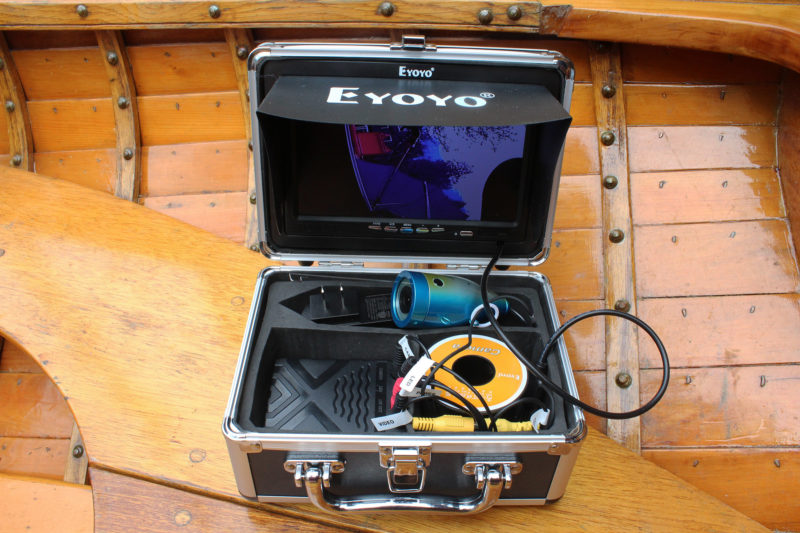 Photographs by the author
Photographs by the authorThe 8-1⁄4″ long, 6″ wide, and 4-1⁄2″ deep case holds the sunshade, detachable monitor, charger, camera, battery, and cable. The buttons on the monitor control aspect ratio, screen rotation, brightness, contrast, and color. There is also a selection of 15 languages for the menu options. The 16:9 aspect ratio selection fills the screen, but it is only a horizontally stretched version of the 4:3 ratio, which appears with vertical black bands on either side of the image. I wasn’t aware of the horizontal stretch until I aimed the camera at the instruction booklet and noticed a circle showing as an ellipse on the monitor.
The kit includes a 6″ x 3-3⁄8″ (7″ diagonal) flat-screen LCD color monitor, a waterproof camera with a ring of infrared lights around the lens, a cable to carry power and image, a 12V/4.5Ah battery, a charger, a fishing float, hardware to connect the cable to a fishing rod, a folding shield to reduce glare on the screen, and a rigid foam-lined carrying case. The case is much more compact than my old B&W system—about one-sixth the size. The screen is set in the lid of the case and can be removed for more convenient viewing.
The camera is rated IP68: dustproof and suitable for prolonged submersion. The usable depth isn’t specified, but the kit is available with cable lengths of 49′, 98′, and 164′. I bought the kit with the shortest cord, so I won’t be pushing the camera’s limits.
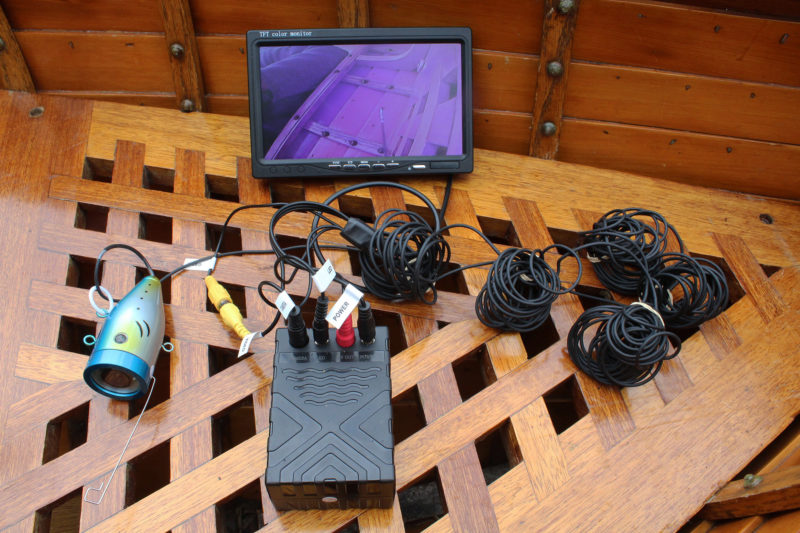
The monitor can be more convenient to use when removed from the case. The spool that came with the cable, on the other hand, isn’t at all handy. I removed the cable from the spool and coiled it in figure-eights that don’t get twisted as they’re payed out when the camera is deployed.
The electrical cord comes on a spool, and it would be nice if there were a way to reel it out and back in neatly. To do that I’d have to disconnect all the plugs to the monitor and battery and fit some sort of axle and crank for the spool. The temptation is to cast loops off the end of the spool, but each loop creates a twist, and the twists make a tangled mess of the cord. I cut a slot in the spool to remove the cord and gathered it up in four hanks by making figure-eights around my thumb and pinkie. Rubber bands hold the hanks and the figure-eights come undone without twists.
The picture of the monitor on the Amazon site was misleading, but I didn’t expect the system to capture a vivid underwater scene with the color and clarity of a tropical-fish aquarium. I was pleased with the color from 35′ down in Seattle’s ship canal. I expected to see a palette of green water and brown detritus on a muddy bottom, and that’s what the Eyoyo delivered. At that depth, the camera adjusted to the available light, and I didn’t need to plug in the power for its ring of LEDs. Their infrared light is well suited for nighttime use: it is invisible and the image conveyed to the monitor is monochromatic—bluish-black and white.
Eyoyo notes that the visible range from the camera is 0 to 3 meters (10′) and with clearer water than I’ve had, that would seem possible. I could see objects out to about 6′. The wide-angle lens spans 92 degrees and fills the frame with a satisfying view where objects appear neither too close nor too far away. Because the lens is designed to work at close range, things go by quickly when the camera is moving. Skimming just above the bottom from a slowly drifting boat feels like flying. To retrieve something from the bottom, the camera is attached to a grappling hook. It’s challenging to navigate the hook—patience and persistence are required. I’ve attached the camera to an oar grip to provide full control in shallow water—my 14′ push-pole is the limit for the depths I can view with that method.
The video system also has uses out of the water. Attached to the end of a pole with rubber bands or tape, the camera can go places you can’t or don’t want to go. I’ve used it to check for things that have dropped behind my workbench without having to move a chop saw, a planer, and a crate of C-clamps out of the way and stick my head through dusty cobwebs.
The Eyoyo video system is compact and effective and is sure to get more use than my old Harbor Freight kit. I’ve long been using a depth-sounder when anchoring to make sure there is enough water to ride out the tides while I sleep. With the Eyoyo system I will be able to see what the bottom looks like and sleep better knowing that the anchor will get a solid grip.![]()
Christopher Cunningham is the editor of Small Boats Magazine.
I bought the Eyoyo Underwater Fishing Camera on Amazon for $139.98.
Is there a product that might be useful for boatbuilding, cruising, or shore-side camping that you’d like us to review? Please email your suggestions.

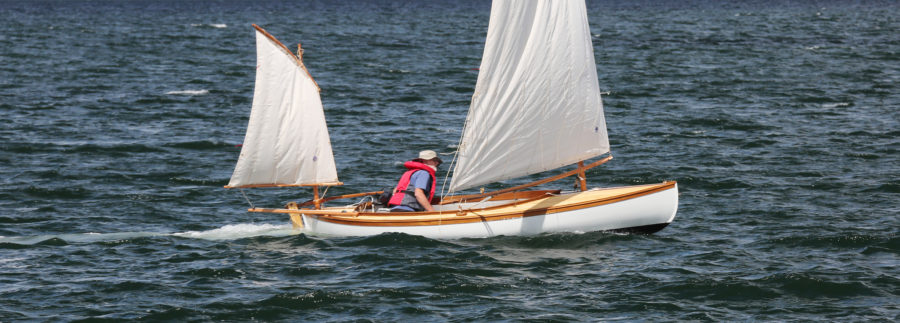

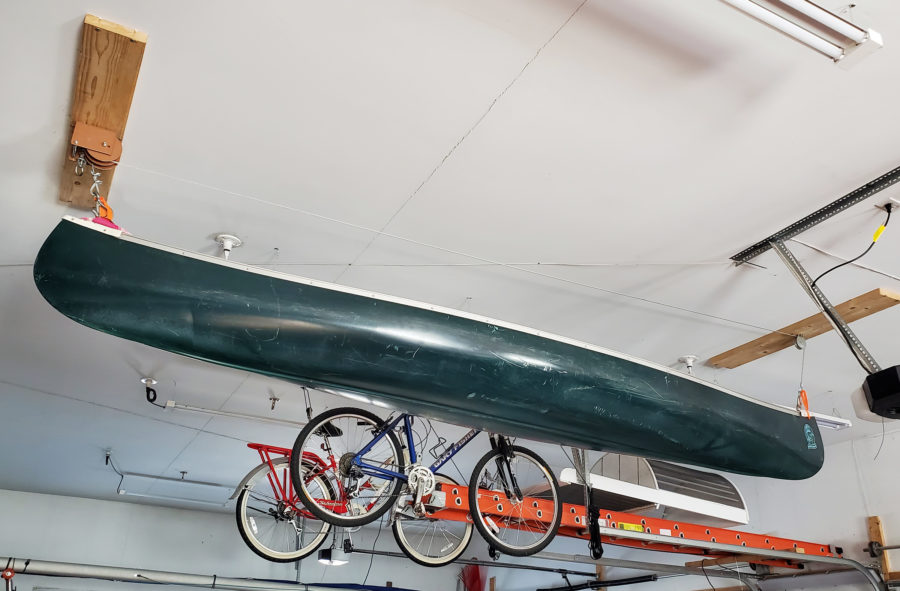

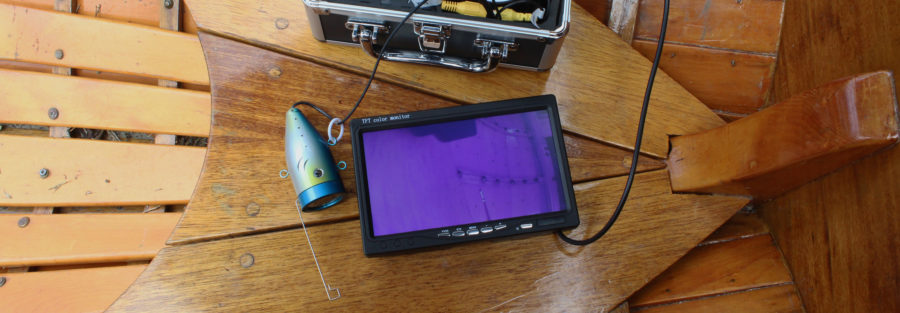
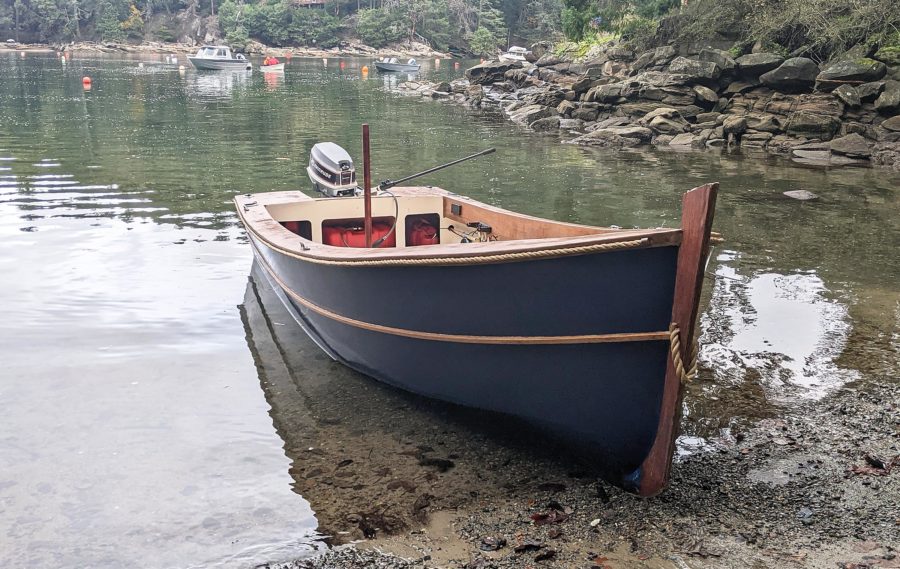
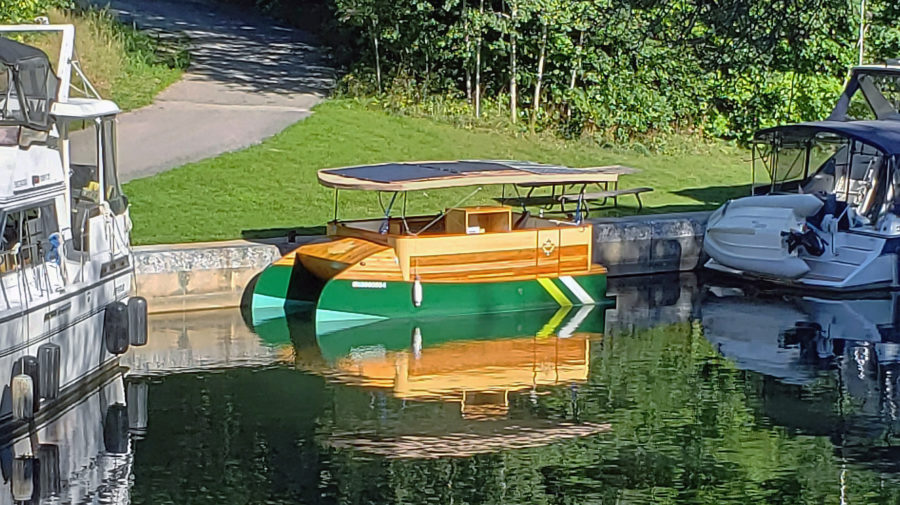
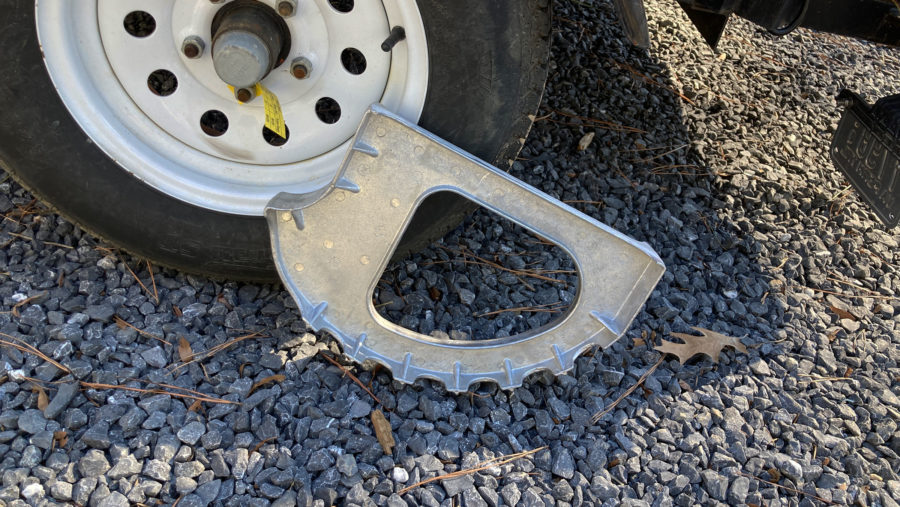
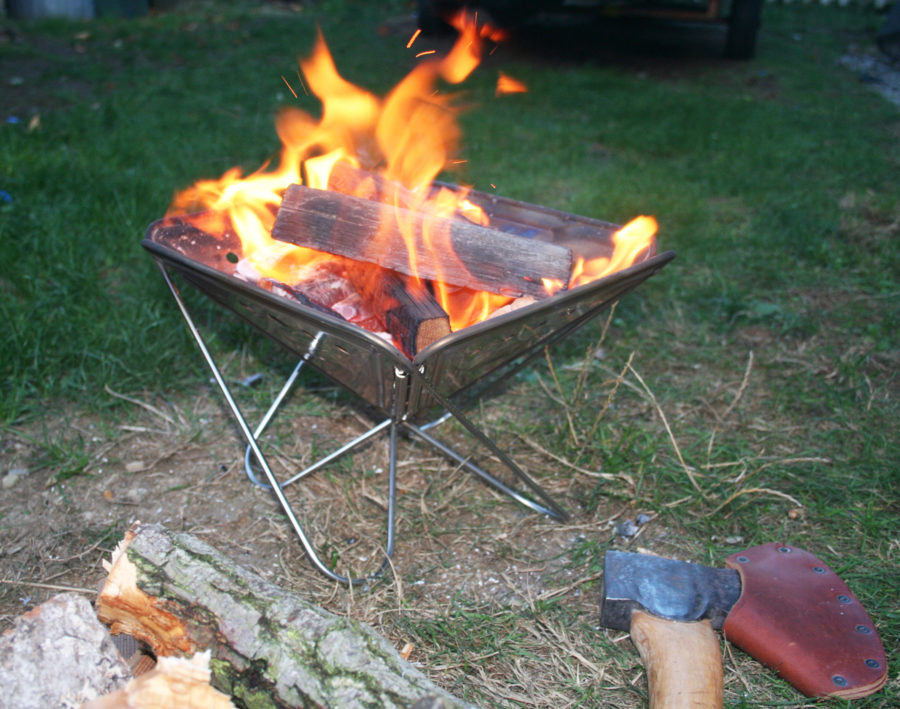
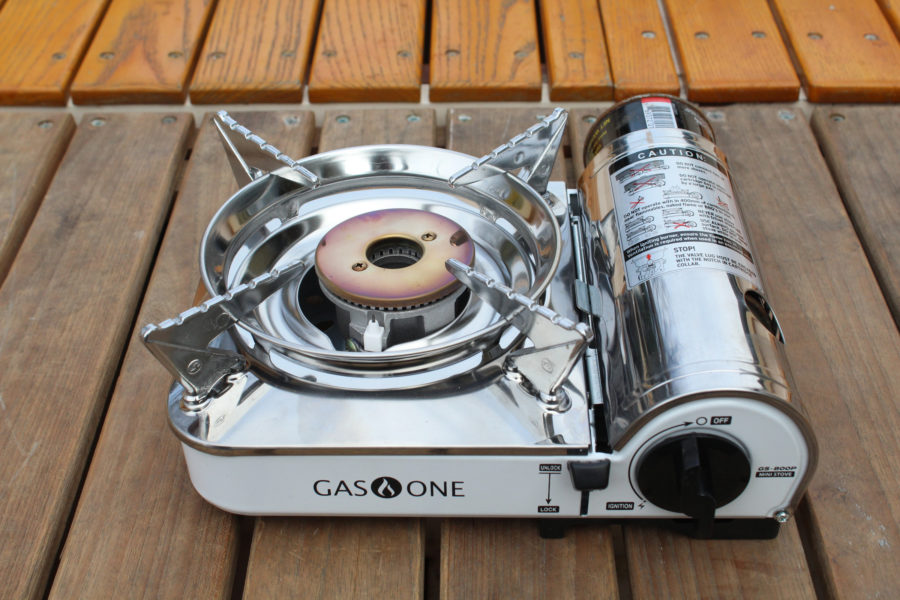
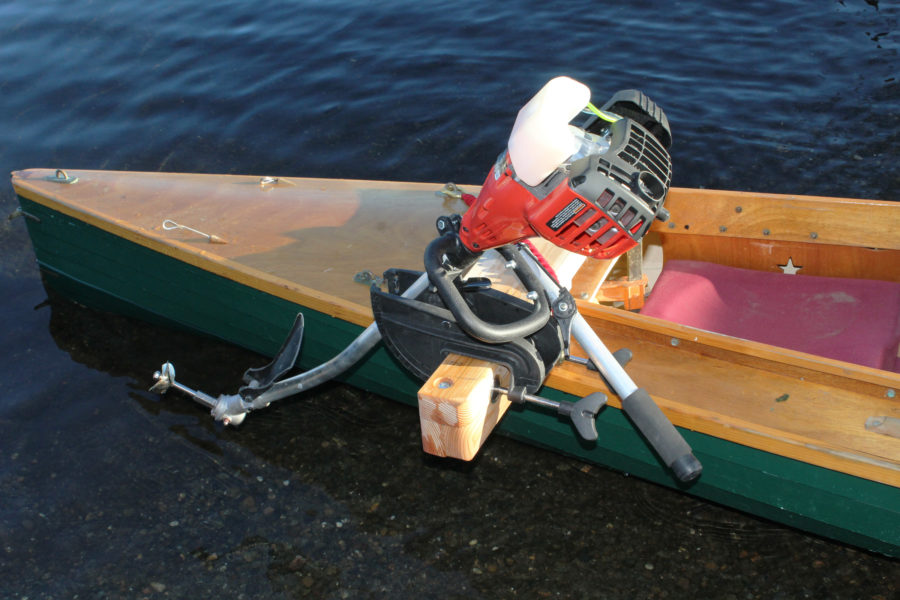
Didn’t even read all of it, went to Amazon, read the reviews and bought one on the spot! Thanks!